Obesity Doctor Reveals 6 Natural Methods That Match Ozempic Results
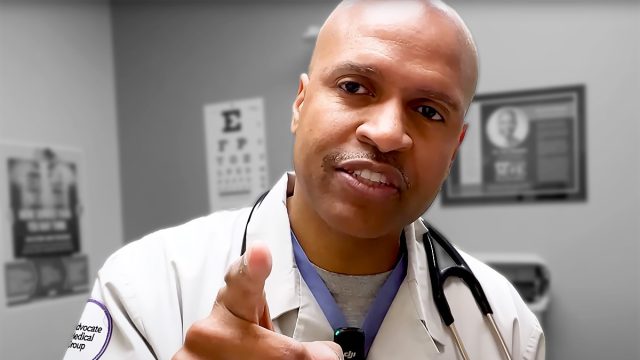
Considering Ozempic or similar medications for weight loss? You're not alone. As expensive weight loss drugs dominate headlines, many people are searching for natural alternatives that won't strain their wallets or cause severe side effects.
Dr. Tony Hampton, a board-certified obesity physician with over 25 years of experience specializing in weight management and diabetes care, has helped thousands of patients achieve sustainable weight loss. "As an obesity doctor, I've seen the struggle people face in trying to lose weight. It's real and it's frustrating," he shares. Today, he reveals six natural methods that can help you achieve your weight loss goals by working with your body's own mechanisms.
The Truth About GLP-1 Medications
While GLP-1 drugs like Ozempic can help with weight loss, they come with significant risks that are often downplayed, Dr. Hampton explains in his post. These medications can cause serious side effects, including pancreatitis, thyroid cancer, and gastric paralysis. "I've even had patients coincidentally end up with bowel obstruction shortly after starting these drugs," he warns. Even more concerning, "up to 50% of weight loss comes from muscle, not fat, which is dangerous for your long-term health."
Understanding How Weight Loss Medications Work
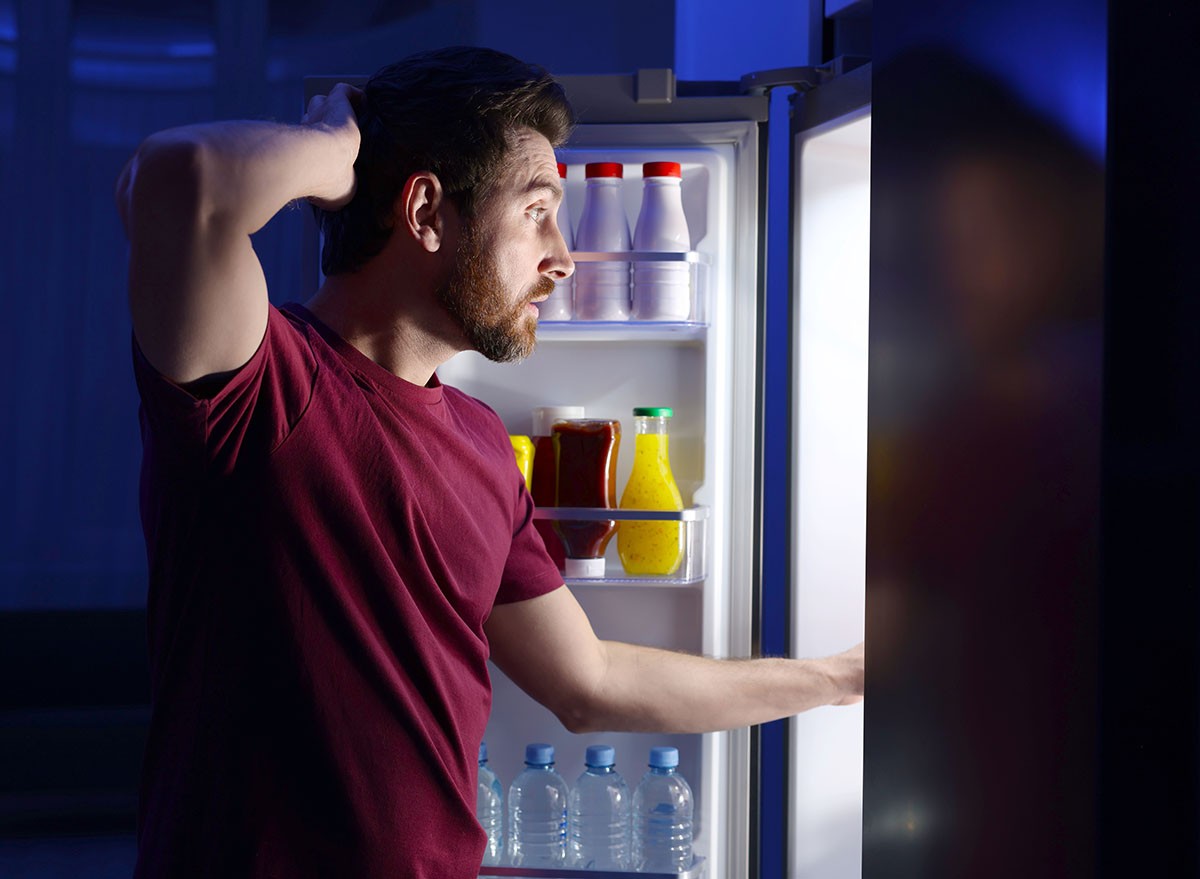
"GLP-1 drugs mimic the hormone glucagon-like peptide-1," Dr. Hampton explains. "It works by reducing appetite by affecting the satiety centers in the brain, slows gastric emptying, keeping you feeling full longer, and improves insulin sensitivity." Understanding these mechanisms helps identify natural alternatives that work similarly.
RELATED: 20 Things You Need to Know About Ozempic and Weight Loss
Method 1: The Ketogenic Approach
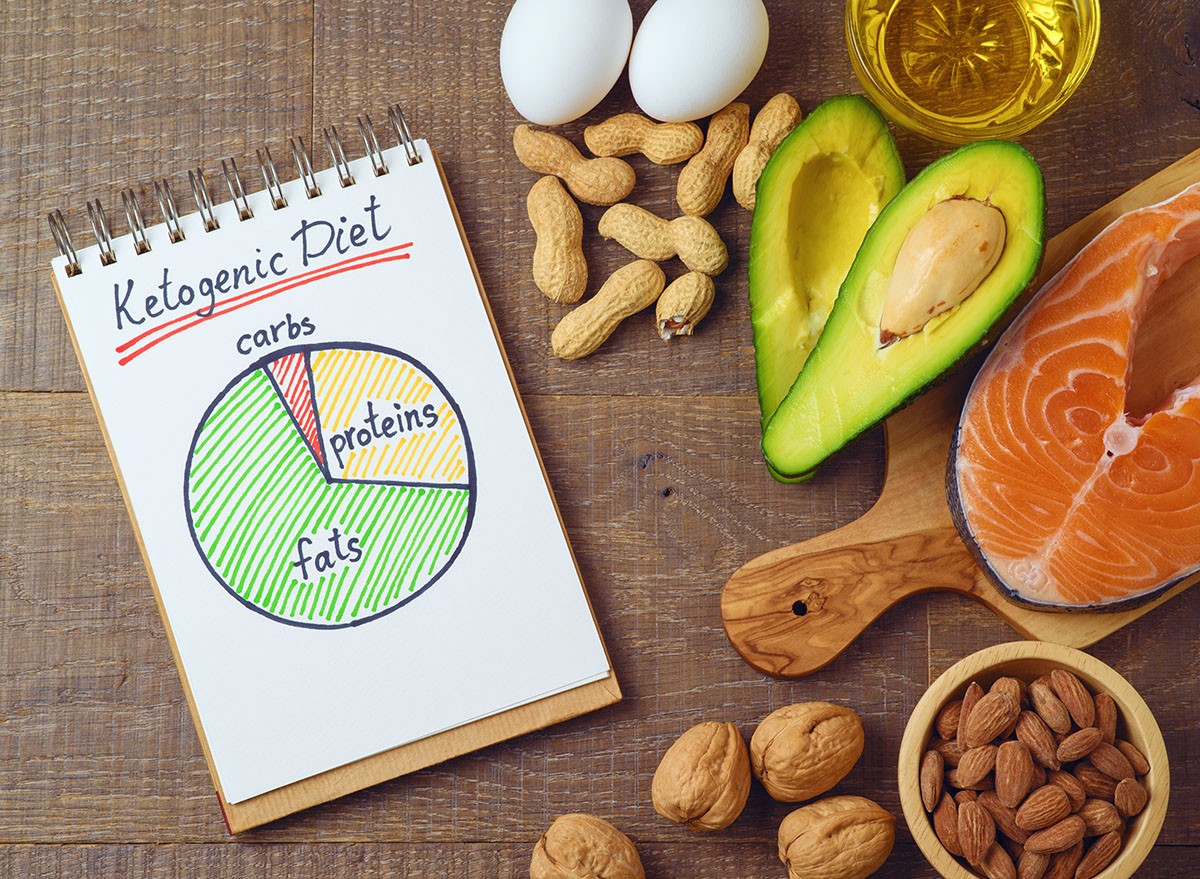
"The ketogenic diet is one of the most powerful tools for weight loss because it naturally mimics many effects of GLP-1 drugs," says Dr. Hampton. It suppresses appetite by stabilizing blood sugar and promotes ketone production, which directly signals the brain to reduce hunger. Unlike medications, keto preserves muscle mass while promoting fat loss.
Method 2: Strategic Fasting
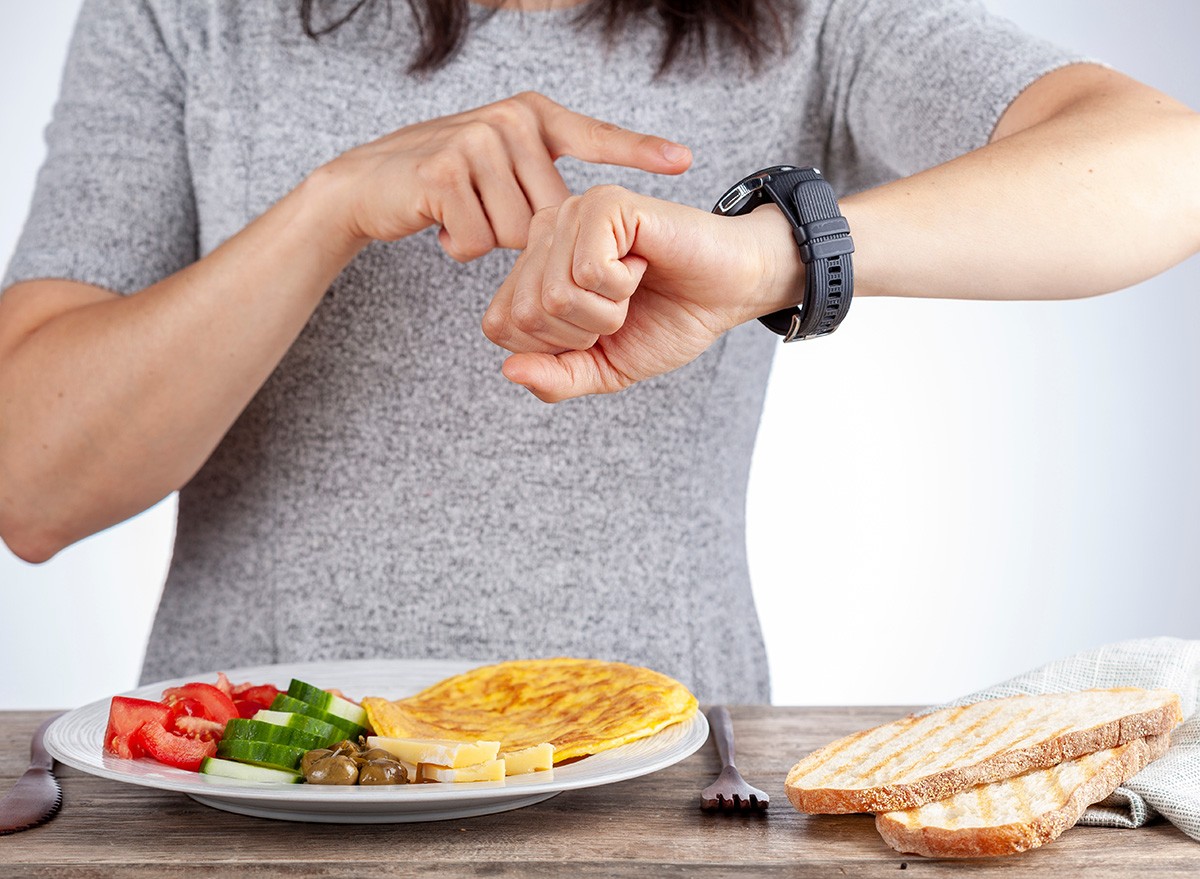
Dr. Hampton recommends intermittent fasting as another effective approach. "Fasting leads to appetite regulation by lowering ghrelin, the hunger hormone, while increasing satiety hormones like leptin," he explains. It naturally slows digestion and promotes cellular cleanup through autophagy, enhancing metabolic health.
Method 3: The Protein-First Strategy
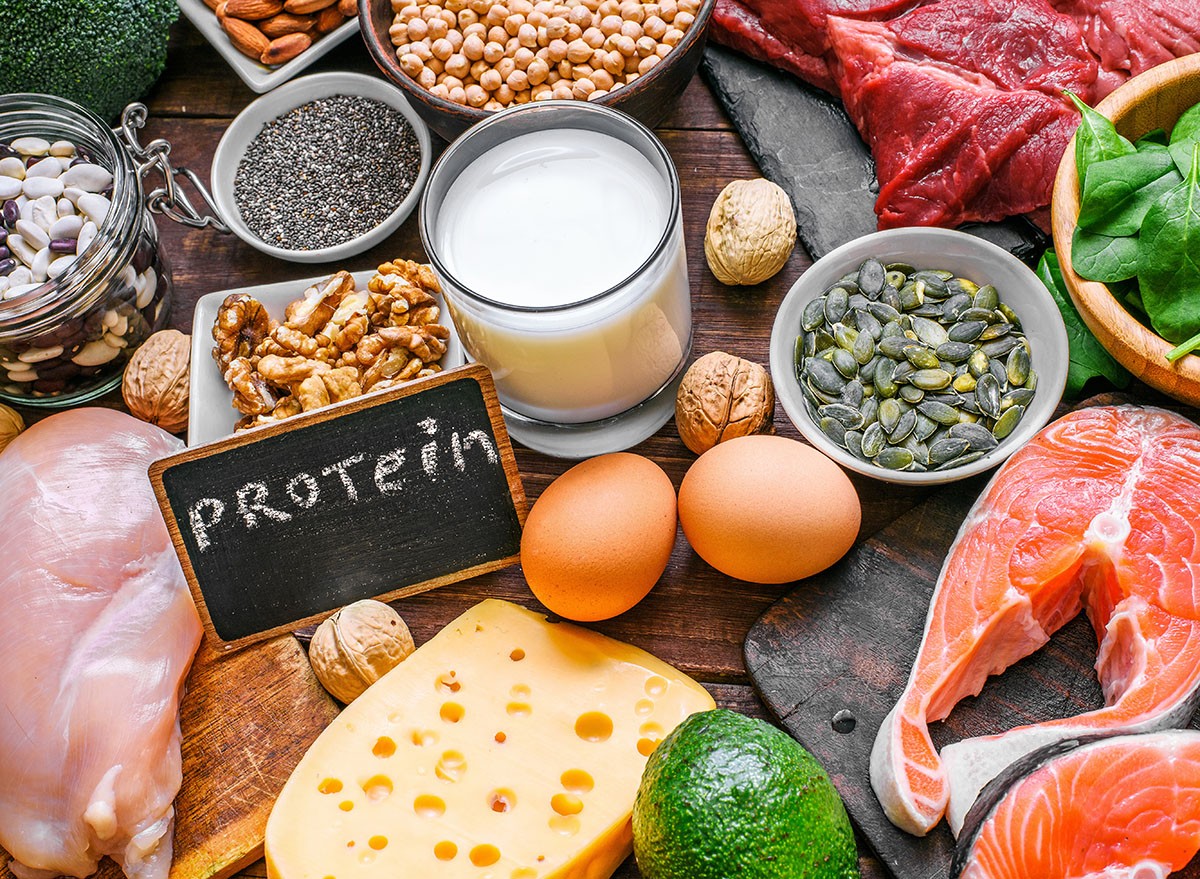
For those preferring simplicity, Dr. Hampton advocates for a carnivore diet approach. "Like a lion who only eats once or twice a week, carnivores simply don't need to eat as often," he notes. This approach focuses on nutrient-dense animal foods, reduces inflammation, and naturally suppresses appetite while stabilizing blood sugar.
RELATED: 20 Possible Ozempic Side Effects
Method 4: Targeted Exercise
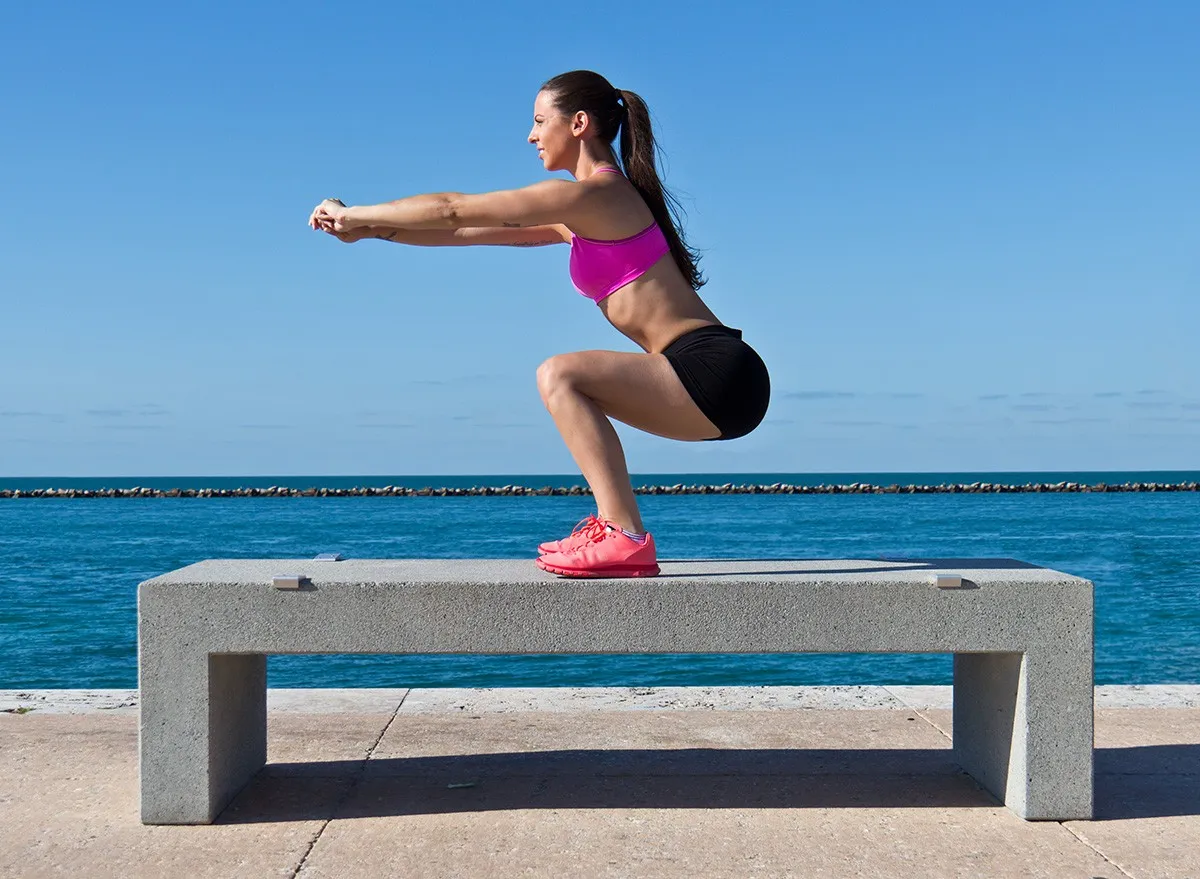
Unlike GLP-1 drugs that can cause muscle loss, exercise, particularly strength training, builds and maintains lean muscle mass. "The more muscle you get from exercises, the higher your metabolic rate," Dr. Hampton emphasizes. This approach enhances your body's ability to use glucose and improves insulin sensitivity naturally.
Method 5: The SPC Method
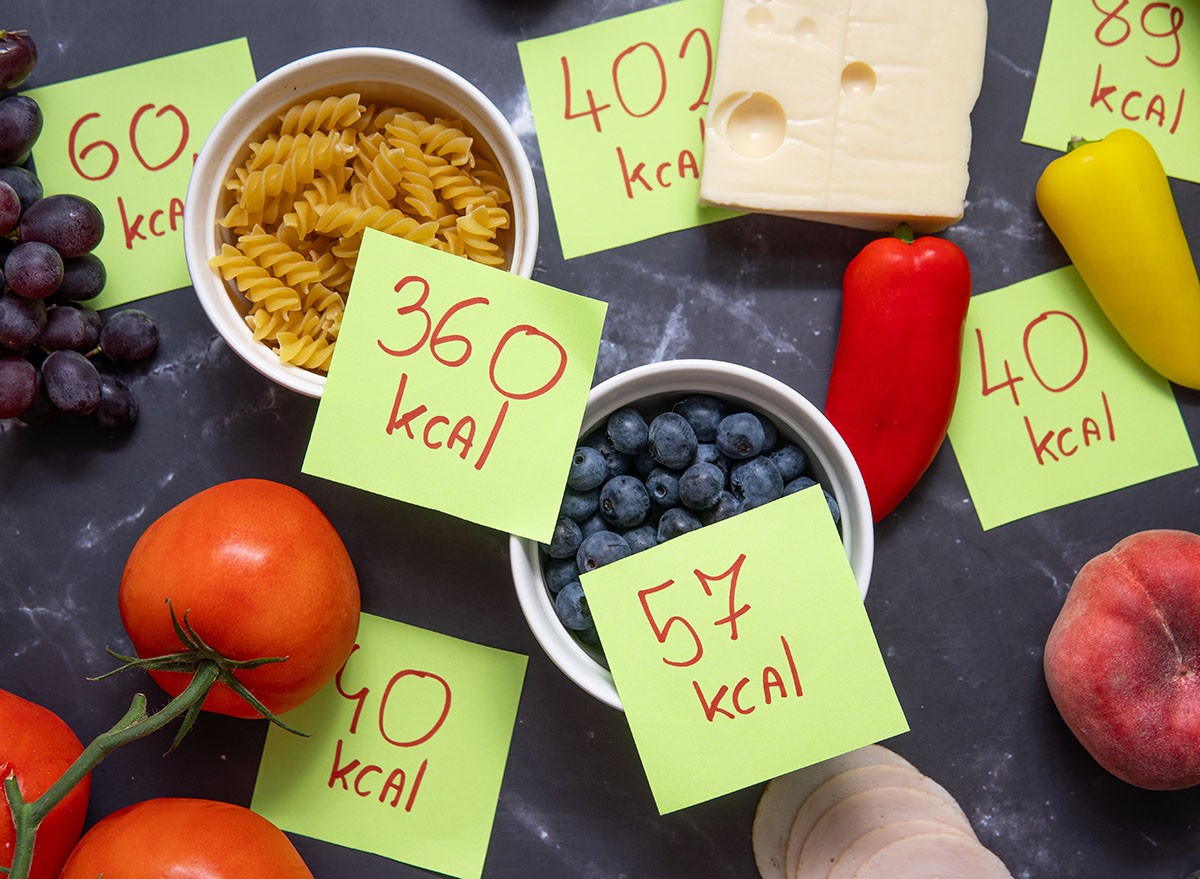
Dr. Hampton introduces the Satiety Per Calorie (SPC) method, backed by data from over 67,000 logged meals. "Users are eating nearly half as many calories as those consuming low SPC foods," he explains. This approach yields weight loss results without the nausea, muscle loss, or financial strain associated with medications.
RELATED: What Happens to Your Body When You Stop Taking Ozempic
Method 6: Strategic Supplementation
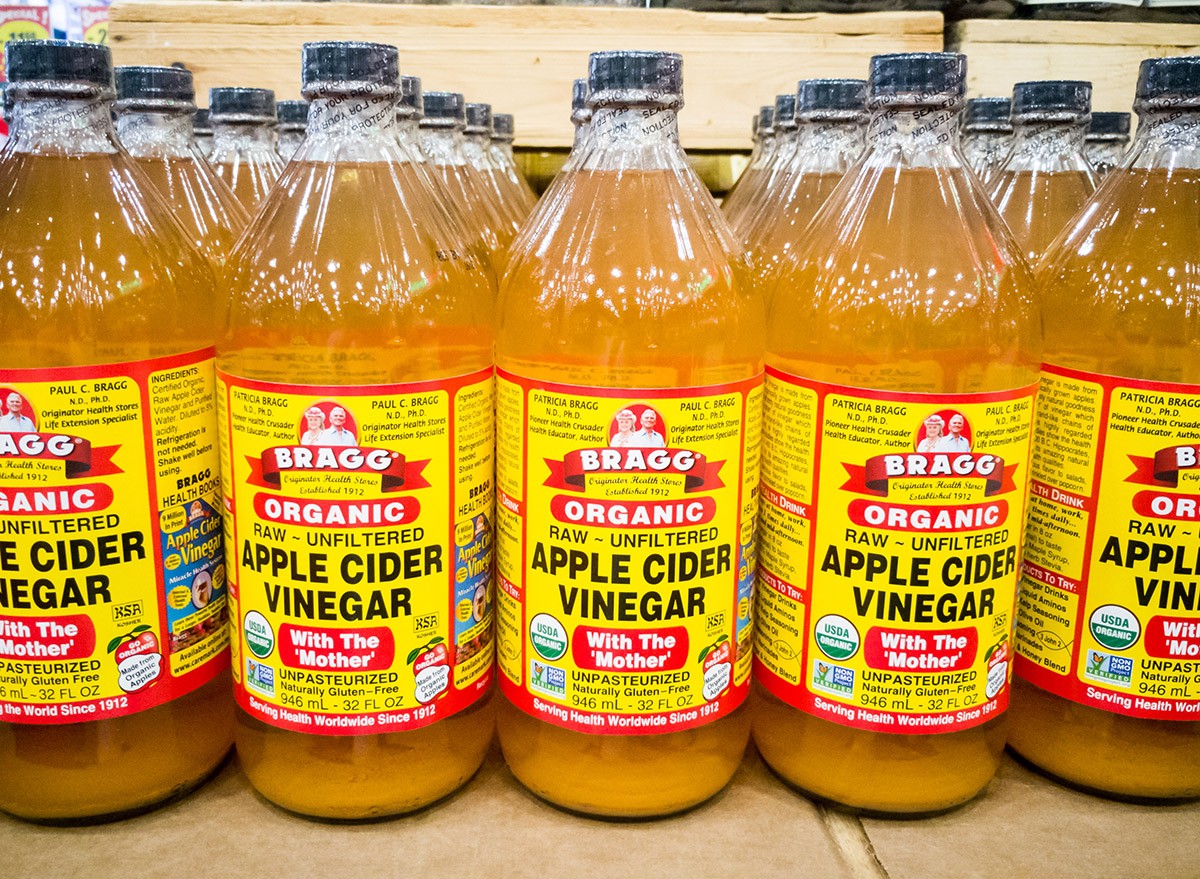
While emphasizing diet first, Dr. Hampton recommends specific supplements that support natural weight loss:
- Berberine: "Nature's metformin" for improving insulin sensitivity.
- Apple cider vinegar: For slowing digestion and stabilizing blood sugar.
- Gymnema sylvestre: "The sugar destroyer" for reducing cravings.
- 5-hydroxytryptophan: For natural appetite control.
The Foundation: Sleep and Stress Management

"Poor sleep and chronic stress disrupt hunger hormones and make weight loss harder," Dr. Hampton explains. Prioritizing these foundational elements can have similar appetite-regulating effects as GLP-1 drugs, without the side effects or costs.
RELATED: 20 Things to Avoid While on Ozempic
Your Path to Sustainable Weight Loss[
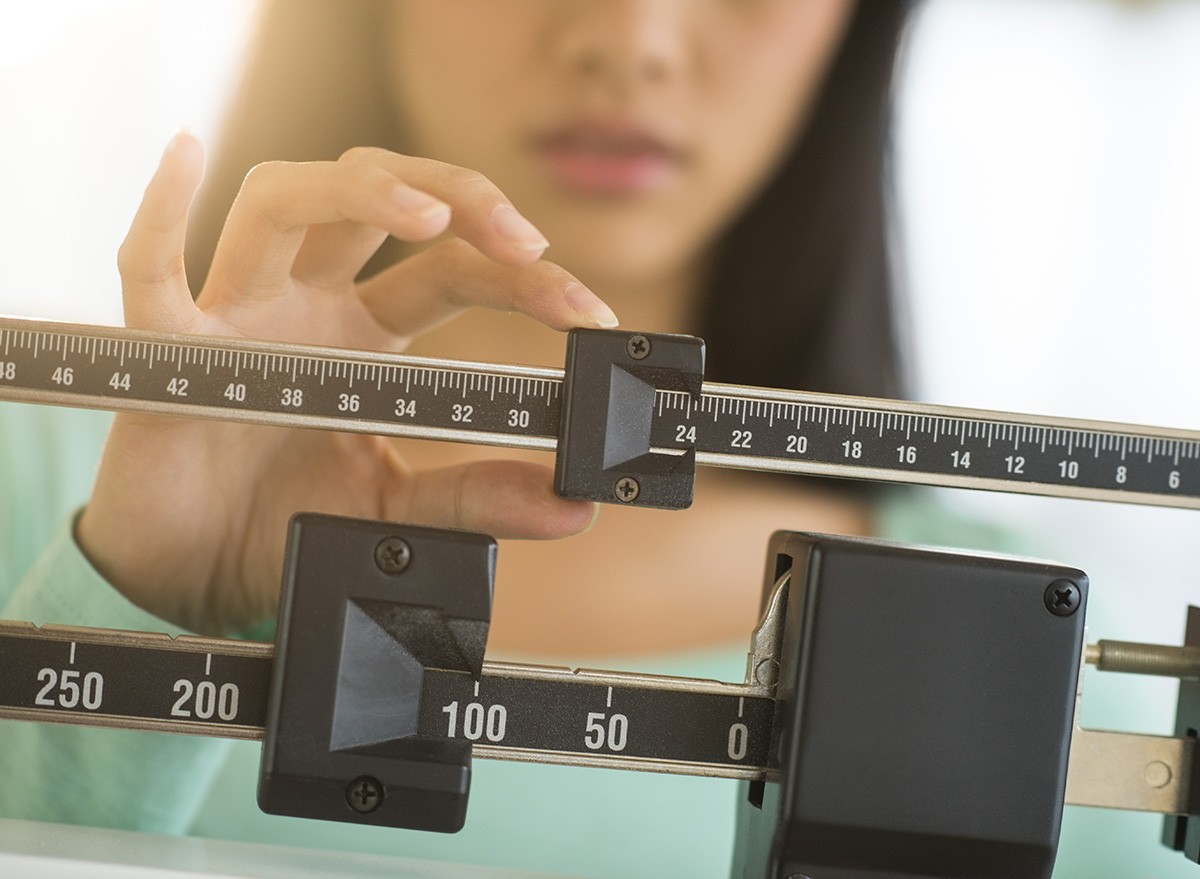
"This isn't about shaming anyone for using GLP-1 drugs," Dr. Hampton emphasizes. "If you've tried everything and feel these medications are the last resort, I totally understand. But before you make that decision, consider these alternatives." These natural methods work by addressing the root causes of weight gain – insulin resistance, inflammation, and hormone imbalances – rather than just treating symptoms. While weight loss isn't easy, sustainable results are possible without expensive medications. And if you enjoyed this article, don't miss 20 Incredible Ozempic Success Stories of All Time.




